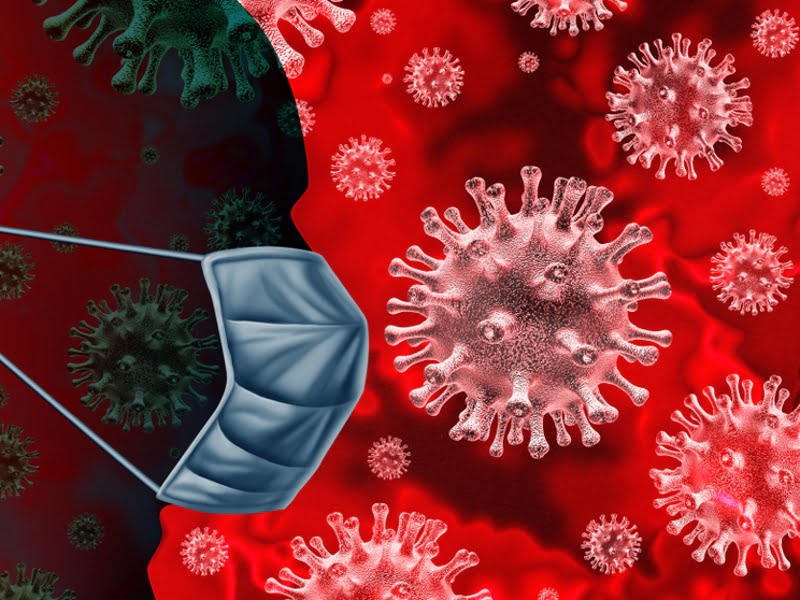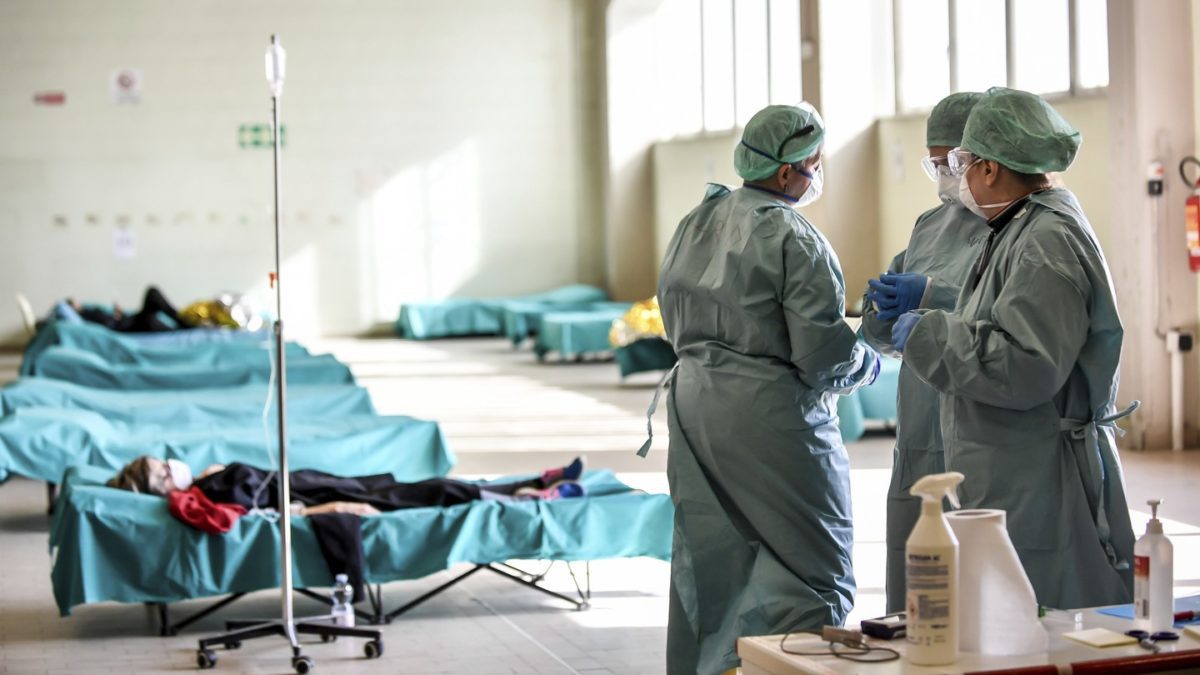When it comes to coronavirus news / COVID-19, there is a mass of misinformation and charlatans looking to profit from the suffering of others.
Many of the media sources you might trust are behind paywalls – journalism after all costs money – with limited free articles.
However because of the seriousness and global nature of the pandemic many news outlets have made their COVID-19 news free to access. Here is list of major outlets with free updates and articles:
The New York Times is offering its COVID-19 coverage for free.
The Washington Post has a free email newsletter for coronavirus-related news. All articles linked in the newsletter are free.
The Los Angeles Times coronavirus liveblog is available for free.
The Wall Street Journal has created a free section for coronavirus articles.
The Atlantic is offering all coronavirus-related articles for free.
The Star is labeling free articles related to the coronavirus with a red “free digital access” label.
The Guardian has no paywall.
BBC has no paywall
STAT, which covers health and medicine, is offering its coronavirus coverage for free.


